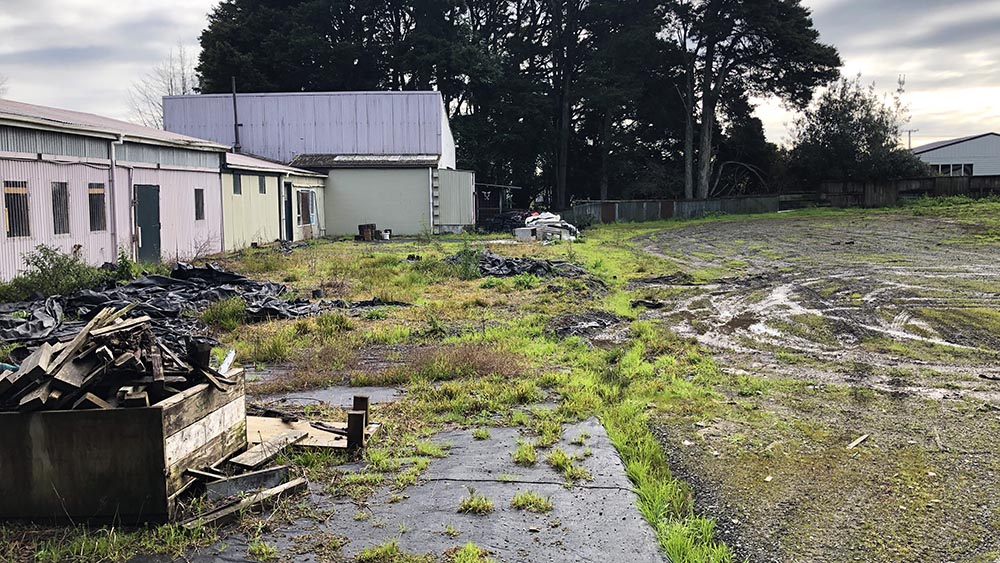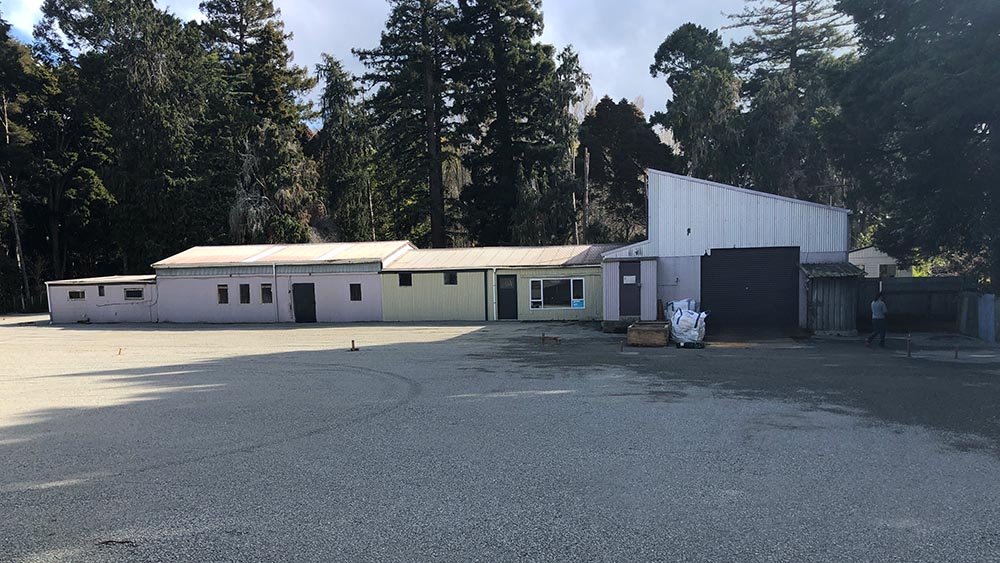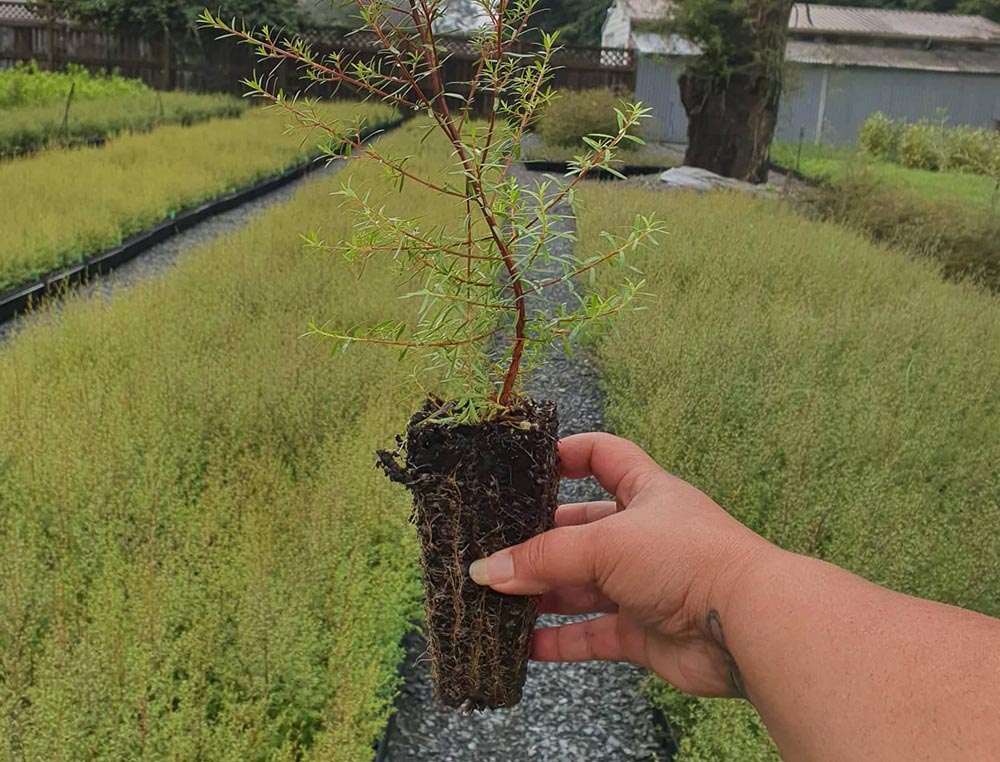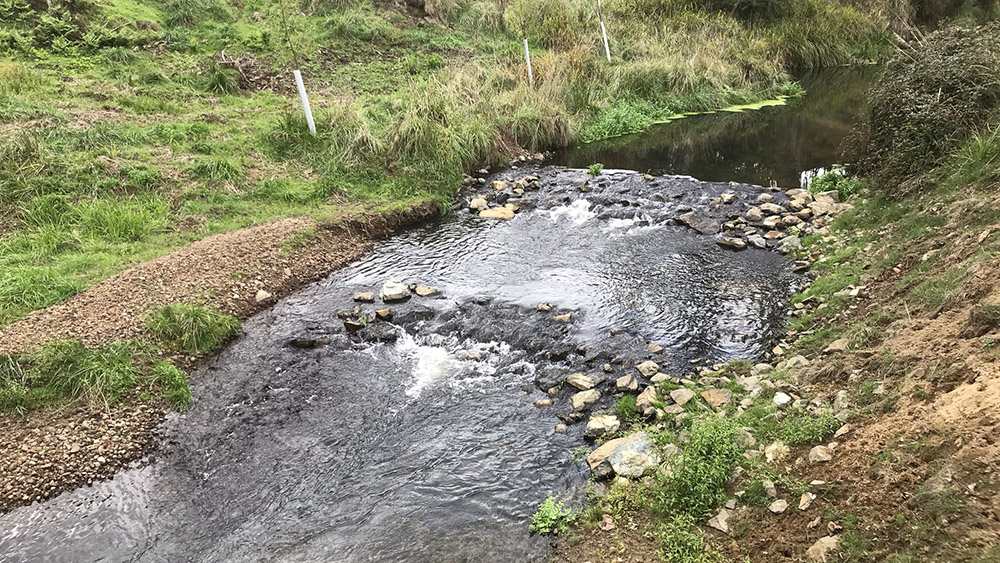Funded: $637,500 by One Billion Trees, Te Uru Rākau, MPI
Total project cost: $1.5m
Project duration: 3 years (completed)
Number of jobs created over project life: 9
This project ramped up the existing restoration works by Waikato Regional Council and Ngāti Hauā Mahi Trust (NHMT) underway in the Mangaonua and Karāpiro catchments. These catchments are predominantly farmland and highly modified. They are priority areas for work identified in the Waikato and Waipā Restoration Strategy to improve the health and wellbeing of the Waikato River.
The regional council and NHMT worked together with landowners in the two catchments, targeting areas where the greatest benefits can be achieved. These catchments deliver high loads of sediment to the Waikato River due to the presence of erosion prone soils and the impacts of land use. This work protected and retired wetlands and seeps, riparian margins and erodible hill country to reduce sediment and nutrient loading to streams and increase and enhance local fish habitat. NHMTT eco-sourced seeds, grew plants and undertook planting for this project.
Key activities
- More than 111,000 plants planted on 21 properties.
- 67ha of land retired, including steep erodible land, wetlands and buffers next to streams.
- 23.5km of fencing.
- Some new fish habitat created in the Karāpiro Stream with the design doing ‘double duty’ by stabilising eroding stream banks.
Environmental benefits
- Reduction in sediment and nutrients entering waterways as modelled during the development of Waikato Waipa River Restoration Strategy.
- Protection and enhancement of streams to provide shade and habitat for native fish species.
- Connection with existing areas of catchment restoration.
- Creation of tuna ponds to provide habitat for this taonga species.
- Plants will help reduce the effects of climate change by absorbing CO2.
-
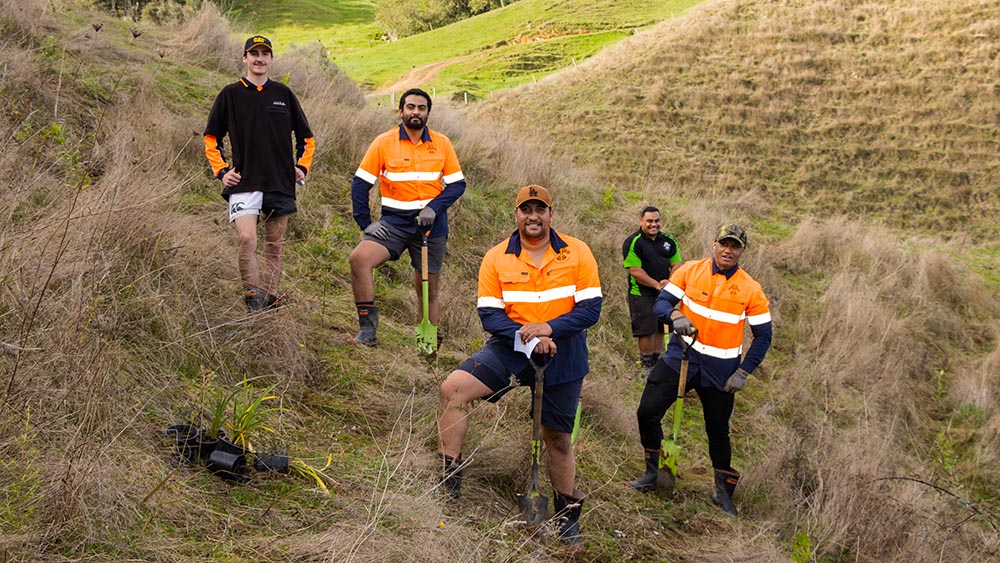
When it comes to the Mangaonua and Karāpiro, we worked out it would take 21 years to restore the mauri of the catchments. Every year we would put in 30,000 plants. Shovel Ready government funding ramps it up and we can make a massive difference.
We have One Billion Trees funding from Te Uru Rākau to grow and supply over 100,000 native plants over three years. To meet this increased demand, we’ve upgraded our nursery, our staff are guaranteed work moving forward, and we’ve been able to double staff numbers from nine to 18.
The planting is reconnecting whānau to a history we belong to but have been disconnected from because we are not the landowners anymore. These catchments are of historical significance for Ngāti Hauā. You can see the remnants of pā sites and burrow pits.
We want to see more natural habitats in a way that complements the farming. The neighbours see the changes and want to do that, too. They say I love how these gully systems and wetlands are looking and they want to work with us, too.
It improves the water quality, that’s a given. For us as mana whenua it also creates more habitat for the fish life and the birds, and the birds which come back will do half of the work for us in the future.
We work on mātuaranga Māori, te reo, understanding the connection to the land. Our partnership with the regional council also means that we learn from their work and experience.
Ngāti Hauā Mahi Trust is an iwi-based initiative, dedicated to work in the Ngāti Hauā rohe for the renewal of the environment for all to share through the growing of plants and of people. The trust is inspired by Ngāti Hauā chief and statesman Wiremu Tamihana (1805-1866), who was a peacemaker and practiced Christian beliefs within a traditional Māori framework. The trust is inspired by Wiremu’s example, and believes his initiatives have a key role in transforming the waterways, the vegetation and the people of the Ngāti Hauā tribal area. Because Wiremu reached out to his own tribe, to the church and to the wider community for the common good, so does the trust today.

